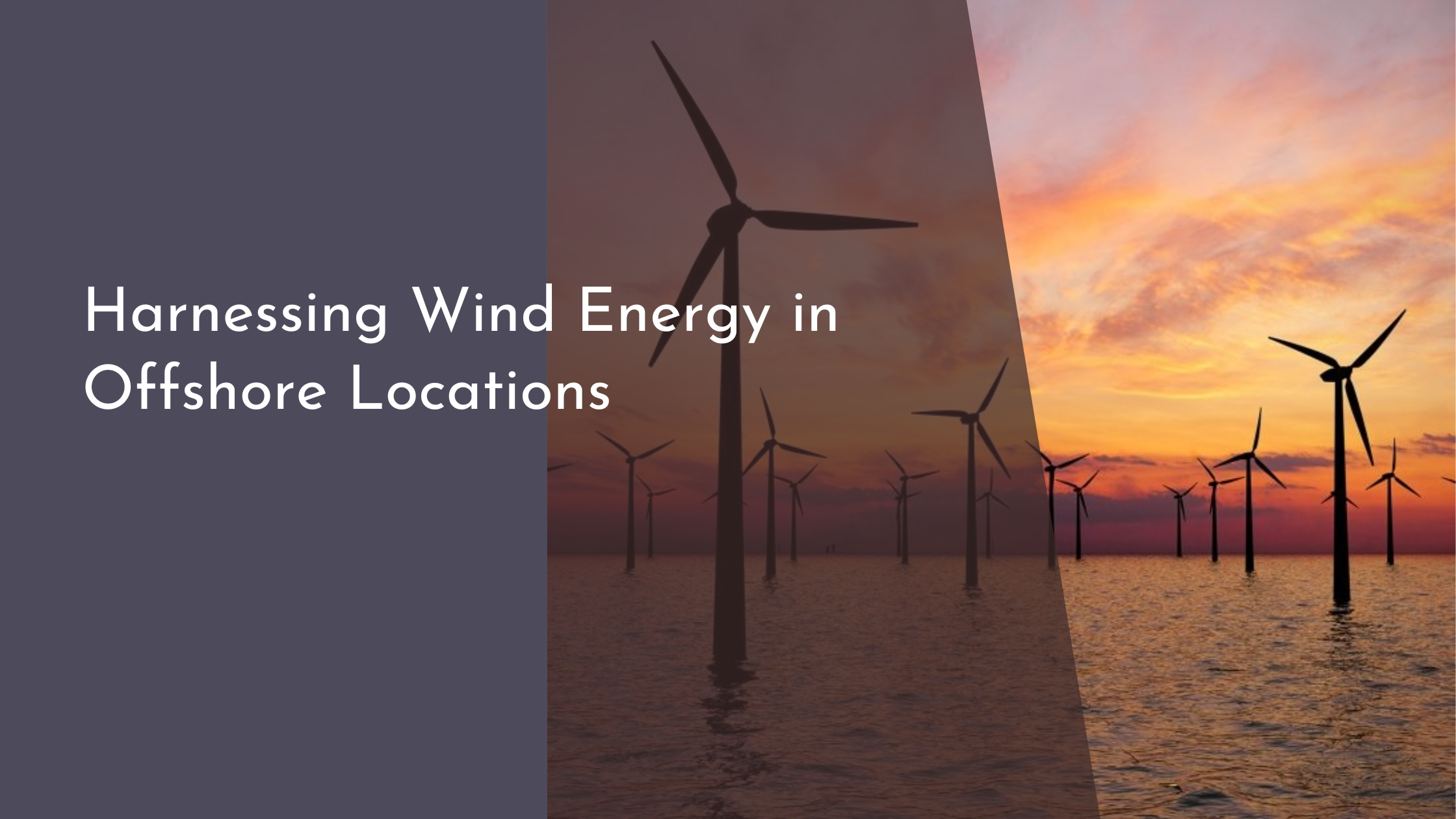Harnessing Wind Energy in Offshore Locations
Offshore wind energy is rapidly emerging as a cornerstone in the global transition towards renewable energy. With the need to reduce carbon emissions and combat climate change, harnessing wind power from offshore locations offers a sustainable and promising solution. This article explores the potential of offshore wind energy, highlighting its benefits, addressing the challenges faced in its deployment, and envisioning a bright future for this innovative energy source.
Introduction to Offshore Wind Energy
Offshore wind energy refers to the generation of electricity from wind turbines located in bodies of water, typically seas or oceans. These turbines are strategically placed to take advantage of the powerful and more consistent wind patterns found over open water. As technology advances, offshore wind farms are being built farther from the coastline, where winds are stronger and interference with shipping and fishing activities is minimized. This shift is crucial as countries aim to expand their renewable energy portfolios and decrease reliance on fossil fuels.
The development of offshore wind energy has seen significant growth over the past decade, driven by technological innovations and increasing governmental support. Unlike onshore wind farms, offshore installations are not limited by land availability, allowing for larger and more efficient turbines. Furthermore, their proximity to densely populated coastal areas means that the electricity generated can be transmitted directly to major urban centers, reducing transmission losses and providing a more stable power supply.
Benefits of Offshore Wind Power
One of the primary benefits of offshore wind power is its ability to generate large amounts of clean energy. Offshore wind farms can harness higher wind speeds found at sea, resulting in greater energy production compared to their onshore counterparts. This increased efficiency can significantly contribute to reducing greenhouse gas emissions, aiding in the fight against climate change and helping countries meet their renewable energy targets.
Moreover, offshore wind energy projects contribute to economic growth and job creation. The construction, maintenance, and operation of offshore wind farms require a skilled workforce, leading to the development of new jobs in coastal communities. The industry also boosts local economies by stimulating investment in infrastructure and technology. Additionally, offshore wind projects can provide a stable and long-term source of revenue for governments through leasing agreements and taxes, further supporting sustainable economic development.
Challenges in Offshore Wind Deployment
Despite its numerous advantages, the deployment of offshore wind energy faces several challenges. One of the main hurdles is the high cost associated with the construction and maintenance of offshore wind farms. Building turbines in marine environments requires specialized equipment and expertise, leading to increased initial investments. Additionally, the harsh conditions at sea can pose maintenance challenges, necessitating robust and innovative solutions to ensure the reliability and longevity of the installations.
Environmental and regulatory challenges also play a significant role in offshore wind deployment. The potential impact on marine ecosystems and wildlife must be carefully assessed, leading to stringent environmental regulations and permitting processes. Navigating these regulatory landscapes can be time-consuming and complex, requiring collaboration between governments, industry stakeholders, and environmental organizations to find solutions that balance energy needs with ecological preservation.
Conclusion: The Bright Future of Offshore Wind
As the world continues to search for sustainable energy solutions, the potential for offshore wind energy remains incredibly promising. Advances in technology and decreasing costs are making offshore wind a more viable and competitive option in the renewable energy sector. With continued investment, research, and international collaboration, offshore wind power stands poised to play a critical role in the transition towards a cleaner, more sustainable energy future.
Offshore wind energy offers an exciting avenue for addressing global energy demands while minimizing environmental impact. By overcoming current challenges and leveraging its benefits, this burgeoning industry can provide a reliable and abundant source of renewable energy. As nations worldwide recognize the compelling potential of offshore wind, the vision of a future powered by clean, sustainable energy is increasingly within reach.

